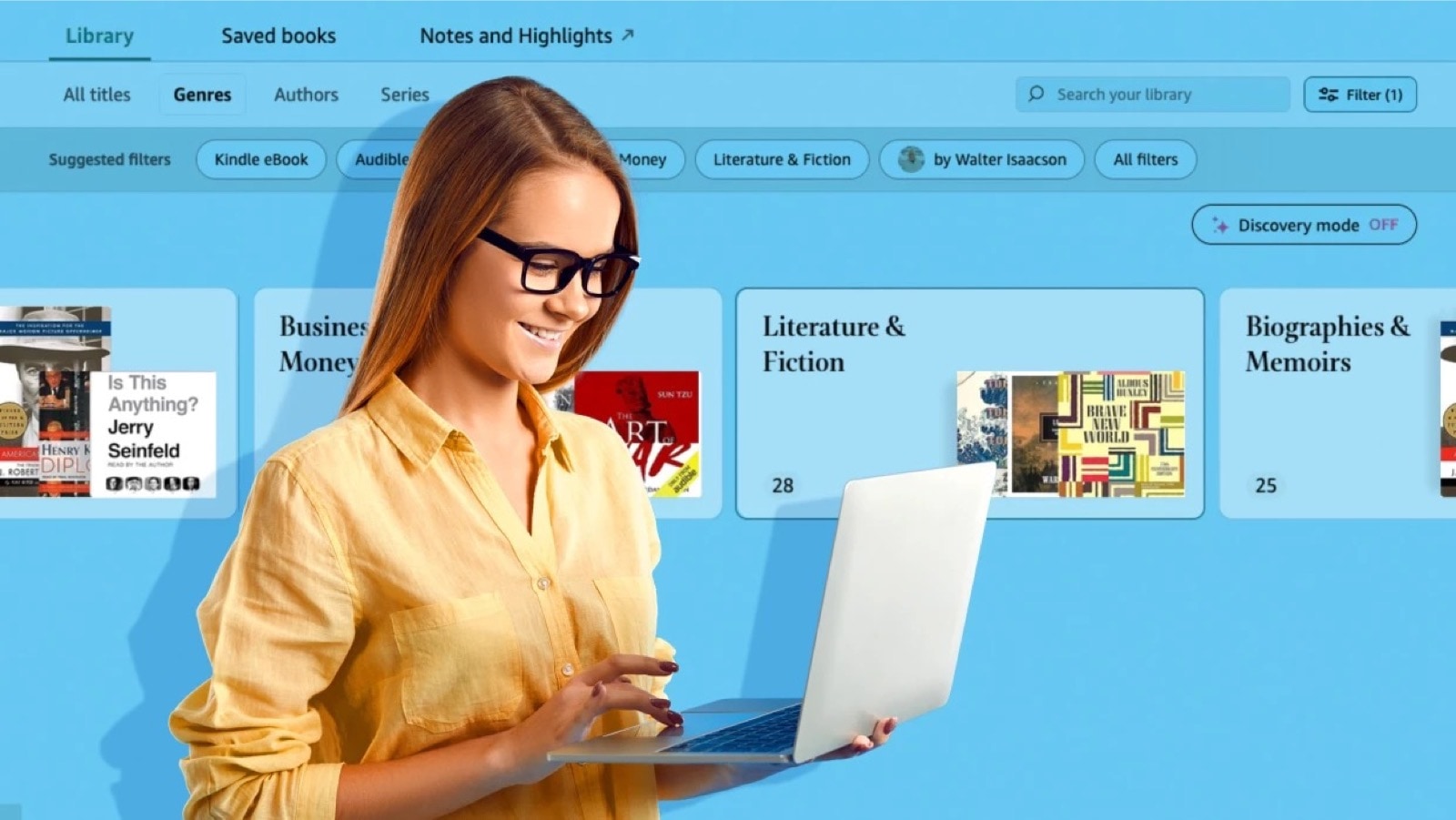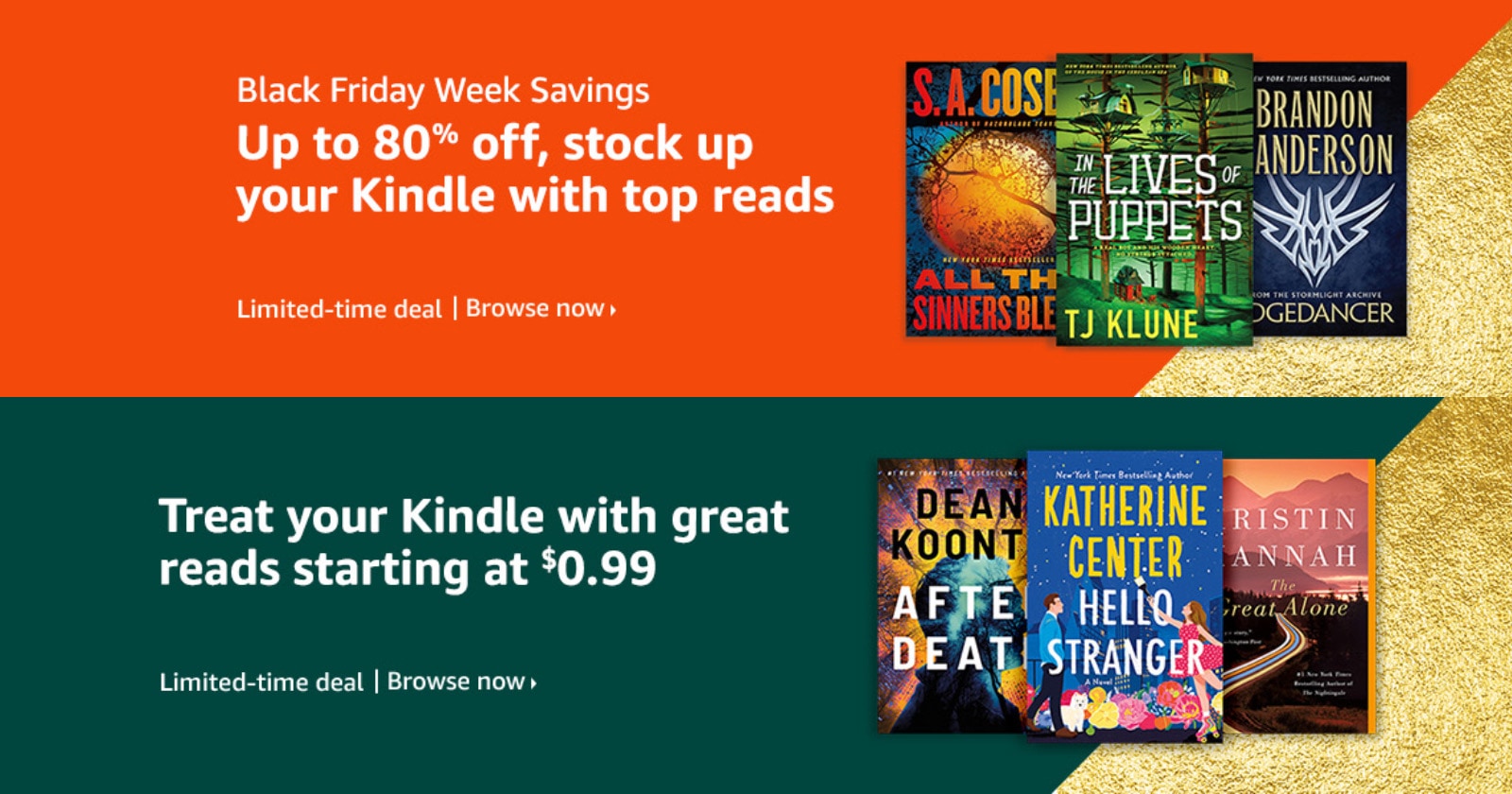Today, everyone is a writer. Some people write extensive and thoughtful blog articles. Others get attention with smart comments under Facebook posts. Many consider moving to a higher level – the one that ends up with a book publication.
[ef-archive number=2 tag=”lists” ]
Combine it with the fact that writing a book is one of the biggest dreams of people around the world. In 2011 over 200 million Americans wanted to publish the book.
Obviously, a vast majority never started writing. And that’s bad.
Don’t get afraid that no one will read your book. You will read that book, and it’s important enough to start. As Toni Morrison once said:
If there’s a book that you want to read, but it hasn’t been written yet, then you must write it.
Most importantly, by writing a book, you’ll learn more about life and yourself than by reading one.
The infographics listed below are intended you to encourage you to start writing. They contain basic knowledge that will help you decide which topics to choose, and how to manage the writing and publishing process.
Please let us know if there are any infographics that should be added to this list. Thanks for your feedback!
[ef-reco id=”105233″ title=”Read also” info=”Top article”]
Infographics with tips on how to writer, publish, and promote a book
1. A formula for a bestseller
Every aspiring author is almost sure the first book will become an instant bestseller. Calm down, the road is longer and bumpier than you think.
Realizing that writing a bestseller is not an easy task is a very good thing. You’ll be prepared for much greater effort, and won’t give up too early.
The infographic from Waterstones takes a look at 100 bestsellers from the last ten years and coins a formula for writing a bestselling novel.
While “thriller + thirteen previous books + four awards” is pure fun, the infographic makes the point: don’t assume your first novel will make it to The New York Times bestsellers list.
2. Elements of a prize-winning novel
Make sure to enlarge this infographic and analyze it carefully.
Designed by Joanna Kamradt and Christian Tate, the visual examines 13 novels that won the Man Booker Prize in 2011.
You’ll learn what elements of the plot are worth including to increase the chances of recognition.
Number one plot advice? Kill off your characters.
3. It’s never too late to start writing a bestseller
Previous infographics suggest that you have to hurry up if you are going to turn one of your novels into a bestseller. Just the opposite – don’t get time pressure block you before you start writing the first page.
In the infographic created by Essay Mama, you’ll compare when famous authors started writing, and when they succeeded.
Some of the big names picked the pen in their teenage years, but some decided to write a book when they were 30 or older, naming only Charles Bukowski, who was a postman till his 40.
4. Twenty-two rules of successful storytelling
So, you’ve got the determination to write, and the clear idea what the book will be about.
Now, it’s time to get down to work. The most important thing is the story. And the most important thing about the story is that it should be interesting.
The infographic above was created by Jessica Bogart from PBJ Publishing. It collects bright thoughts about storytelling tweeted by a Pixar storyboard artist Emma Coats.
5. How to write a novel
What I love about this infographic is that an overwhelming task of creating a whole new world suddenly becomes clear and simple.
Infographic was prepared by an online writing service Academic Help. It contains a step-by-step decision process, dos and don’ts, and common mistakes you should avoid.
6. Twelve steps to becoming a better writer
This concise infographic includes twelve steps to take your writing “from a discombobulated mess to a coherent, useful piece of content that engages audiences.
The visual is based on a book top marketing veteran Ann Handley, Everybody Writes: Your Go-To Guide to Creating Ridiculously Good Content. It gives guidance and insight into the writing process, production, and publishing, with actionable how-to advice designed to get results.
7. Writing tips from famous authors
The more you write the better you know your own style. Some authors love writing dialogs, some prefer long descriptions, some focus on plot development.
There is always a way to improve. Once you know what your writing preferences are, it’s good to compare them with authors who succeeded.
The infographic from Custom Writing Service includes quotes from famous writers that specifically focus on style.
Learn from Agatha Christie or Truman Capote, not in order to write like Agatha Christie or Truman Capote, but to find your own unique style that works.
8. Choose your book publishing path
Some writers dream of getting a freshly printed book from Random House. Others believe there is a better way – self-publishing.
An informative chart prepared by Jane Friedman shows that between the traditional publishing and the DIY self-publishing there are a few other routes to take.
A description of each path includes its key characteristics, value for an author, and things to understand.
9. Top reasons to self-publish a book
Obviously, you can wait to be discovered by a major publishing house, but you can always try to go through the entire book publishing process yourself.
Self-publishing doesn’t guarantee a success. It only guarantees your book will be available for sale.
It’s worth trying self-publishing, at least your first book. Author and speaker Guy Kawasaki wrote a self-publishing guide APE: Author, Publisher, Enterpreneur. The infographic associating the book highlights the main reasons why you should self-publish.
When a self-publisher successfully fills three roles—author, publisher and entrepreneur—the potential benefits are greater than with traditional publishing.
10. Choose the best ebook distribution path
Now, when you have your ebook ready, edited to be almost perfect, and proofread thousands of times to have no mistakes, you face the major challenge: how to publish the book to achieve maximum reach, impact, and profit.
You don’t have to publish the book in every possible ebook retailer. You can use ebook aggregating services that will do this job for you. But which services to choose?
The infographic from Reedsy publishing companion will take you through the process, and recommend the most convenient distribution path.
11. The main steps for a successful ebook
When you decide to self-publish a book, you’ll have to keep in mind that every single step of the book publishing depends on you.
You’ll have to deal not only with writing the book but also editing it, proofreading, creating a book cover, and finally – launching the book and promoting it.
The infographic from a self-publishing platform Widbook will guide you through the major steps needed to successfully publish and sell a book.
12. Ten ways to promote a self-published book
Nowadays, the moment the book is published doesn’t mark the end of the work for its author.
It doesn’t matter whether you went the traditional or self-publishing way, you’ll have to an extra effort to connect with the potential readers: tell them the book is here, but most importantly, listen to their feedback.
The infographic from a self-publishing platform BookBaby takes a look at major ways an author needs to think about in book marketing.
13. How to beat writer’s block
So, you have the idea for the book and the plan to publish it. Now the only thing is to write, write, write.
You sit in front of a computer, open a new document in a text editor, and give it a fancy title. One more sip of coffee, you put your hands on the keyboard, but…
Don’t worry, this is completely normal. It’s called “writer’s block” and there are at least 25 successful ways to beat it. Stop Procrastinating blog has collected them in a handy chart.
14. Organize your writing space
Most often, the reason you can’t write is the very place where you are going to write.
When you feel your writing cabinet or desk is not convenient or inspiring enough, check out the infographic from OmniPapers. You’ll be surprised to discover how a temperature or a color can influence your creativity and productivity.
Sometimes it’s all about placing the right photo on the wall at the eye level so that you can look at it anytime you think about how to construct a plot or advance a dialog.
Bonus: How to get a book published
Going DIY means that the number of elementary topics you’ll have to deal with should be multiplied several times.
This entertaining chart created by Zachary Petit for Writer’s Digest magazine will make you laugh – and help you survive dealing with topics you never ever thought you’d need to deal with.
Remember, the most important thing about writing a book is: don’t give up.
• • •
Get more lists like this one. Subscribe by RSS or email. Let’s also connect on Facebook, Twitter, and Pinterest.
Keep exploring. We’ve got more lists for readers and writers:
[ef-archive number=5 tag=”lists”]























